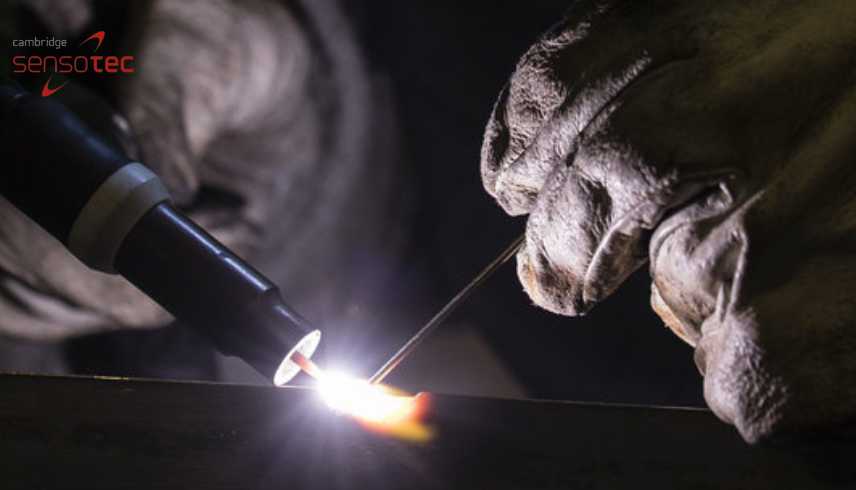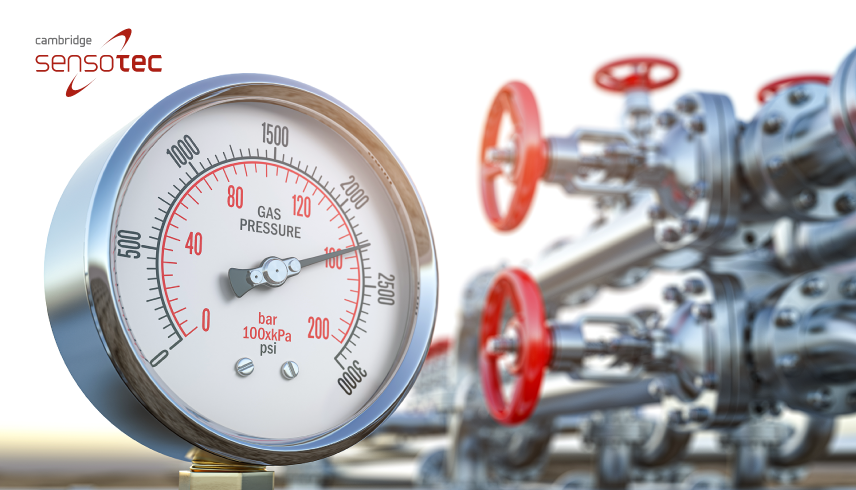
Troubleshooting: Rapidox 2100
What kind of gas are you running over the sensor? Does it contain hydrogen or helium? If so, then the heater may be struggling to heat the sensor with such cooling gas present. Try putting the unit into Helium mode. Contact Cambridge Senostec for advice. If the message continues for around eight minutes, then the analyser will give up and indicate that the internal heater has failed, and the sensor needs replacing.
It is possible to see this message briefly if the gas you are measuring changes suddenly in temperature, or has hydrogen or helium present. Does the problem go away if room air is allowed into the analyser? Contact Cambridge Sensotec for advice. If the message continues for around eight minutes, then the analyser will give up and indicate that the internal heater has failed, and the sensor needs replacing.
This is nearly always caused by the presence of VOC’s in the gas you are measuring. In low oxygen containing gases, the VOC’s burn on the hot surface of the Rapidox sensor causing all the oxygen to be locally consumed. So, although the low reading is correct in terms of an equilibrium combustion reaction, it may not be the correct indication of the true oxygen content. If you are working with VOC’s that burn such as CH4, H2 or CO in low oxygen containing gases then the zirconia sensor may be incompatible and we may need to consider swapping the analyser for an electrochemical type. Please contact Cambridge Sensotec for advice.
If you are measuring outside the normal range of the instrument you will see that the display starts to flash to indicate that it has bottomed, or topped out. If this problem persists then there may be other alternative models in our range that are more suitable for you.
The remote sensor on a Rapidox 2100 is measuring partial pressure which changes as the pressure of the gas changes. In the right circumstances you can achieve reading >30% O2 as a result. If you are measuring pressurized gas or a gas where the pressure fluctuates then please consider using an optional Auxiliary pressure sensor and fit it alongside the O2 sensor. This can be configured in the menu to do auto pressure correction and keep the readings stable and meaningful.
The signals that are sent to the rear terminals are fully configurable, so it’s important to check and know what they are set to so you can make sense of the readings. As the zirconia sensor is logarithmic in nature it often makes sense to have a logarithmic analogue output scale as well, but this may not always be the case and some people prefer the raw signal to be output as well. Note that the scale for 0-5V and 4-20mA are locked together so changing one changes the other at the same time.
NO – from our own experiments we know that SF6 damages zirconia sensors very quickly as the SF6 decomposes into harmful elements at the temperature of the sensor. Please do not put SF6 over your Rapidox 2100 sensor!
NO – the Rapidox is not ATEX approved and must not be used in hazardous areas. It is certified for sale area use only. DO NOT use the Rapidox to measure gases that are flammable (e.g. mixtures of methane and air) as there is a risk of an explosion occurring.
Check to make sure which calibration gases are selected. Are they the same as the actual gases used to perform the calibration? If not, you must re-calibrate the analyser to reload the factory defaults to get you going again. Go to the system info menu (14) and write down the calibration values displayed. E-mail these to Cambridge Sensotec support for advice.
The message is warning you that the pressure of the cal gas is too low (<-25mbar) or too high (>25mbar) to perform a reliable calibration. Adjust your flow or pressure valve to get the pressure down as close to zero as possible. You can override the warning as it is only an advisory.
The message is warning you that the Rapidox is not getting the expected signal from the sensor that you would expect from the gas you have told it you are applying. Please stop and check that the cal gas value on the cylinder matches exactly what you have entered. You can override the warning if you are sure everything is in order as it is only an advisory.
New to this analyser family is a live R-squared value displayed when you are calibrating. It gives you an indication of the quality of the calibration by measuring how straight the calibration curve is. If R-Squared is 1.000 then you have a perfect straight line and a perfect calibration. Anything below 1.000 is less than perfect but may still be allowable. For spec reasons we only allow calibrations with an R-squared value >0.998 to pass when new in the factory.
If the room air very humid, it will slightly affect the observed measurement or the sensor may have drifted slightly because of natural ageing. If you are using air as a calibration point, then simply do a quick re-calibration in the air to compensate for this.
Return the box to the factory defaults using the keypad (see section 3.12). Now try re-calibrating the Rapidox (see section 3.1).
Follow the instructions in section 3.12.
Please check the two fuses that are in the power socket housing on the rear. Have these blown? If so, replace with new ones using T2A H250V 5 X 20mm glass types of making sure the spec is the same.
Is the power switch on the front panel illuminated? If it is then electricity is getting to the power supply but if the display is blank and there are no signs of life, then it is most likely that the power supply has failed. Please contact Cambridge Sensotec about getting it replaced.
As a bare minimum the Rapidox should be re-calibrated every twelve months and this is normally all that is needed for most people. If you are working in a more intense application or using the analyser continuously then a six-month calibration may be recommended. Cambridge Senstoec has approved re-calibration specialists around the world – please contact us for advice.
Depending on use and conditions, the Rapidox sensor should last at least two years and will not degrade during unused storage. To tell the age of your sensor go to System Info menu (13) and scroll through the information until you see a screen that displays “Run Time” in hours. This is re-set every time your sensor is changed. When the sensor gets old the heater will normally start to fail and you may only see “sensor heating” on the screen. Running the software diagnostics (see Rapidox software manual) can help us determine what is wrong with the sensor.
We have a panel mount version of the Rapidox 2100 available to order or if you have already got an existing unit it may be possible to supply an upgrade kit to add a panel adapter plate. Please contact Cambridge Sensotec for more information.



